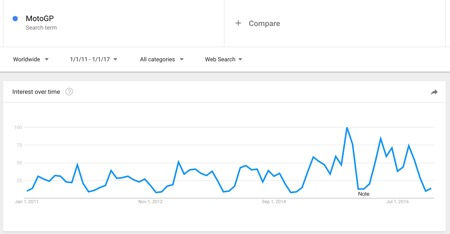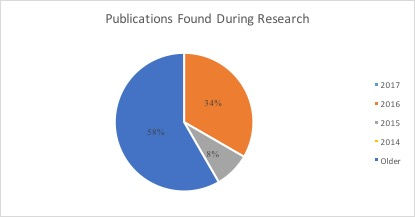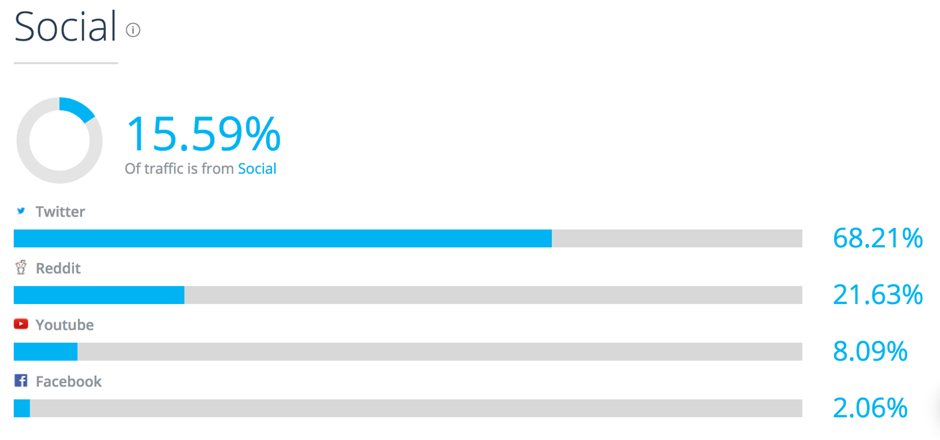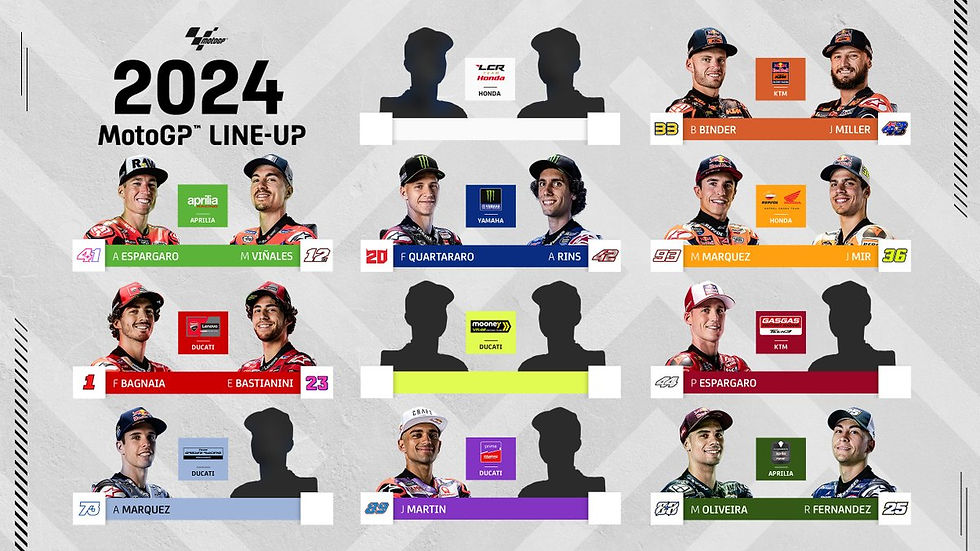How has technology changed the world of grand prix motorcycle racing?
- Mikaela

- Mar 13, 2018
- 4 min read
Updated: Nov 12, 2021
*The following is a mini research essay in which I did for university in 2017*
In 1894, the first ever motorcycle was sold and a few years later, in France, the first motorcycle race was held (Honda Racing Corporation, 2017). In 1949 the Federation Internationale de Motorcyclisme otherwise known as the FIM was founded, the beginning of an era. For many the term ‘MotoGP’ means nothing, but to more than 10 million people worldwide it means absolutely everything. This sport has been around for decades and has lived on through generations of motorcycle fanatics. However, developments have been made and many things have changed as a consequence. The world of grand prix racing has changed drastically over the past 20 years, with technology continuing to be developed further and further. Everyone has an opinion and some believe that from a spectator’s point of view the technological advancements being made and used in grand prix racing are ‘ruining’ the sport. Though the data tells a slightly different story.
Over the past 20 years we have seen grand prix racing go through several developments from two-stroke to four-stroke motorcycles, from multiple engine control units to a single unified software and from racing based on rider skill and talent to racing that largely relies on electronic controls. In the early 2000’s the MotoGP bikes were 500cc, two-strokes and required a lot of physical strength, skill and talent to ride. Riders like Valentino Rossi, who rode the old bikes and are still racing today are those who feel the bikes rely a little too much on electronics (Oxley, 2015). Today, racing is made up of several different elements, it is no longer about being on a good bike and being skilled enough to ride it, it is also about the right tyre choice, bike setup, carefully planned tactics and using electronic controls during a race, just to name a few.
The riders aren’t the only ones who feel this way, spectators feel that the electronics take away from the excitement of racing. Dorna Sports run the world championship and have tried over the years to compensate for this ‘lack of excitement’ by changing the bike engine capacity rules, from 500cc to 800cc to 1000cc. The change from 800cc to 1000cc was made for the start of the 2012 season, in hopes of making racing more exciting and to attract a bigger audience. See Figure 1.

The data presented in Figure 1 shows a steady interest in MotoGP. The engine capacity upgrade in 2012 made little to no difference in the interest of the sport, it is actually shown as down from the previous year. There are a few spikes in the data that show a peak time of interest in the sport. The first peak is in October 2011, when rider Marco Simoncelli was tragically killed in an accident on track. The second peak is the beginning of the 2013 season when rookie Marc Marquez debuted on a factory bike. The third and largest peak shown is in October 2015, this was a big year for MotoGP with tensions very high between Marc Marquez and Valentino Rossi. October the tension came to blows on and off the track causing chaos in the paddock, media and with the fans. The issue between the two riders was never fully resolved but has significantly boosted interest from spectators. This drama was capitalised on by Dorna by constantly replaying the race battles and nasty comments as a way to advertise the sport, which boosted the sales for the last 3 races of that season.
Through the research conducted it showed that this topic is popular within the motorsport community and there are people talking about it. However, many of the articles are not recent. See Figure 2.

This particular topic of the changing nature is not as popular as first thought, although there a quite a few articles and individual publications on the subject, most seemingly have received no recognition. Many of the articles found only had one or two comments, if any at all. See Figure 3.

Although there was a shining light in the research, the two articles I found that received recognition, shares, likes and comments were the articles by the two most trusted motorsports journalists, David Emmett and Mat Oxley. David Emmett runs the blog MotoMatters.com, this blog is the best place for anything MotoGP, only second to MotoGP.com. Motomatters averages approximately 200,000 visits a month (Similar Web). See Figure 4.

Although this topic has been covered before, it is possible to bring it back to the forefront of peoples minds with a new angle. The article will delve deeper into wether the interest in MotoGP is aided by the technical developments or whether the dramatics is all it takes to boost interest. Through much more in-depth research and data analysis, this article could prove a very interesting one for motorsport fans to read, even if they don’t care for the technical side of racing.
References
Google Trends. Interest Over Time, MotoGP – over the past 13 years. Retrieved 16 August, 2017 from https://trends.google.com/trends/explore?date=2011-01-01%202017-01-01&q=MotoGP
Honda Racing Corporation. (2017). History of Motorcycle Racing. Retrieved from http://motogp.hondaracingcorporation.com/history/
Oxley, M. (2015). Welcome to MotoGP’s controlled electronics era. Motorsport Magazine Online. Retrieved from http://www.motorsportmagazine.com/opinion/motogp/welcome-motogps-controlled-electronics-era
Similar Web. (2017). Analyse Web Traffic – motomatters.com. Retrieved 17th August, 2017 from https://www.similarweb.com/website/motomatters.com


Comments